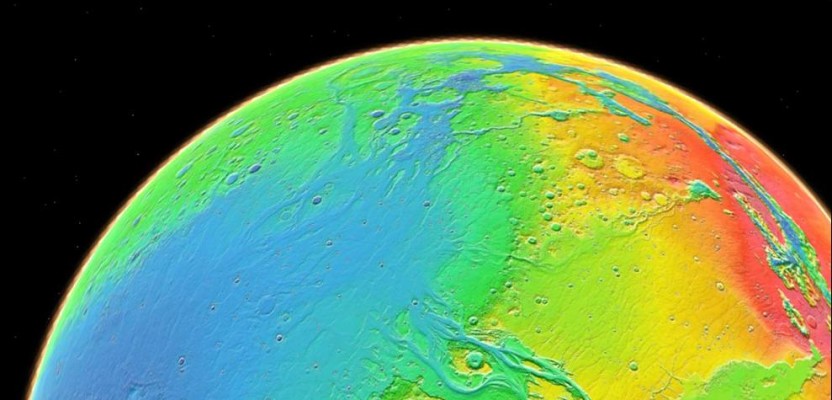In the last issue we raised the question of whether mankind should go back to the Moon as a way to fuel future space exploration. While that article states the many salient reasons to take this path, many people feel we should aim higher and go straight on to Mars. (For insights on what geospatial professionals would do on the Red Planet, read the Pangaea series “Mars Needs Surveyors” parts one and two.)
Let’s take a look at the arguments for skipping the Moon and heading straight on to Mars.
- Timing. Many see returning to the Moon as a time-consuming distraction that takes away from bigger plans that can only be accomplished on Mars. Which leads us to . . .
- Colonization. A Mars colony could be the beginning of Earth 2.0. As Elon Musk and many others have pointed out it’s only a matter of time before Earth falls victim to another extinction event. Saving the human race from annihilation is a pretty good argument for moving towards Mars colonization sooner rather than later. (Here’s a link to SpaceX’s Mars colony plan.)
- Asteroid mining. Mars would make an excellent base for asteroid mining thanks to its proximity to the main asteroid belt. Asteroid (and Martian) mining could not only sustain a Mars colony, but could also enrich planet Earth “beyond the wildest dreams of avarice.” Moreover, asteroids contain the stuff needed for continued space exploration: iron and water. The first can be used to build interplanetary spacecraft, while the second can be used for drinking and more importantly fuel (water = hydrogen and oxygen = rocket fuel.)
Beyond Mars
There are a great number of colonization possibilities beyond Mars; here are the top four. Ceres is a dwarf planet in main asteroid belt that would make a great mining and transportation base. Jupiter’s moons, especially Europa and Callisto, have been speculated as possible astral bodies for colonization. Europa is particularly of interest as it has a subglacial water ocean. Saturn’s moon Titan is also a possibility thanks to its dense atmosphere.
Manned space travel beyond our solar system to the newly discovered exoplanets (like TRAPPIST-1) will have to wait for new propulsion technology. Using the Juno spacecraft as a benchmark, it would take 159,000 years to reach TRAPPIST-1’s current location.
But there’s plenty to explore and survey right here in our “backyard,” and I for one am thrilled to watch mankind’s next step into space, the final frontier!

